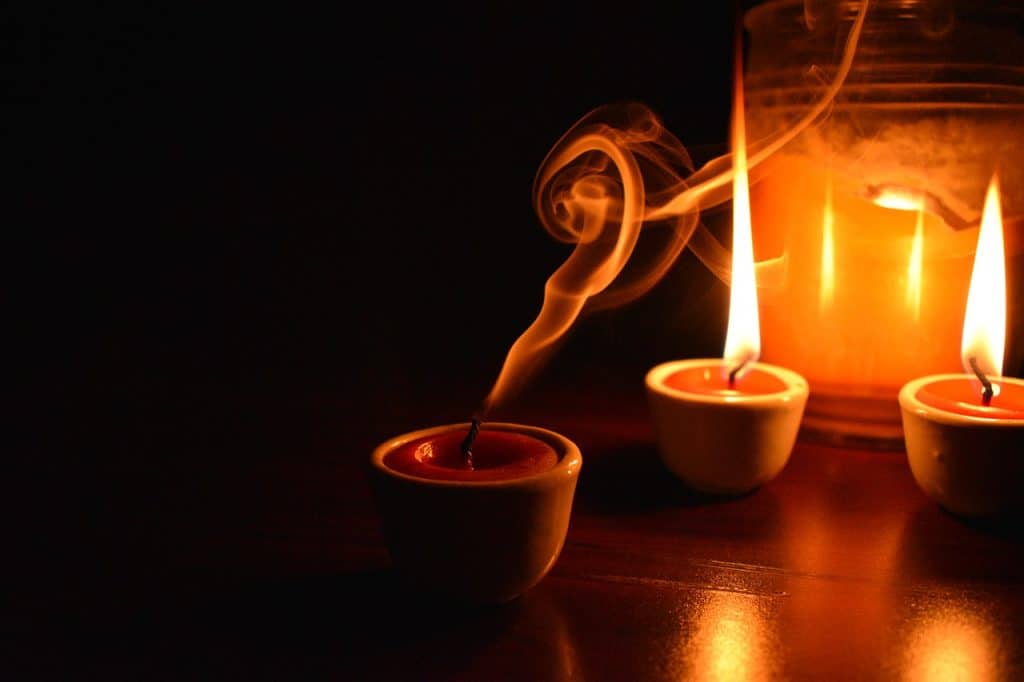Do you want ever think about candles and how they were first made? Well then, you’ve come to the right place. Candles are some of the most overlooked household items in the world. However, that isn’t quite true anymore. These days, a lot of people burn candles all across the world. The reason for this is not the same as it would have been over a century ago.
Several decades ago, people burned candles because candles were one of the few sources of indoor illumination. Back before electricity and the use of the electric bulb, candles were the biggest thing.
CANDLE MAKING AND THE EGYPTIANS
Nobody quite remembers the name of the person that first made candles. And this is a rather interesting point, when we actually take our time to unpack it. The implication of this one fact would be one of two most likely things; either everybody mysteriously forgot to write down the name of the candle’s inventor, or the invention of the candle simply occurred too long ago. Our best bet is the latter theory.
Historians and scientists agree – based on various research exercises and studies – that the oldest candles can be traced back to thousands of years ago (about 5 000 years ago, to be precise). And one of the oldest civilizations they can trace the invention of the candle back to is Ancient Egypt.
Thousands of years ago, when ancient civilizations (e.g. the Ancient Egyptians, the Ancient Greeks, Ancient Romans etc) were at their height of power, a lot of advancements were steadily made in different fields of life. One of the fields that these civilizations really paved the way in is the field of lighting and illumination.
Mankind has been in search of suitable forms of illumination and lighting for a long period of time (curiously, these fields are also closely linked to the provision of warmth), and thousands of years ago, the quest of the Ancient Egyptians led them to the creation of items known as rush lights. Rush lights are basically torches, whose flammable ends have been dipped into rendered fat (the very same type of fat which would later be used to make one of the oldest forms of candles – tallow wax candles). Over time, different types of other materials have been used to make candles e.g. beeswax, palm wax, soy wax, coconut wax etc.

CANDLE MAKING AND THE WESTERN WORLD
Over time, materials such as insects rolled up in paper, reeds and other items have been used in the production of makeshift candles. However, in the western world (at least, up until the late 19th century), the most common substance used in candle making is tallow wax.
Tallow wax is a form of candle wax that is created by boiling down animal fat (such animal fats are usually extracted from the carcasses of slaughtered cows and other livestock, which are known to have a sizable amount of fat that can be rendered or boiled down).
In the western world, the art of candle making was considered a guild craft (i.e. in places like England), and people used to spend several months in apprenticeships; learning the art of candle making under renowned candle makers (chandlers), who have a lot of experience and skill in the field. Back then – several decades ago – candle makers used to go from household to household, in order to make candles for the members of those homes, using the fat which had been set aside in their kitchens (for the express purpose of candle making).
CANDLE MAKING AND CHINA
China is another part of the world that has deep histories in the field of candle making, and mentions of candles can be found in records from centuries ago. As a matter of fact, in Ancient China, tallow wax candles weren’t just made from cows and other livestock, they were also made from aquatic mammals such as sharks and whales.
THE FAMOUS DECLINE OF CANDLES
In the 19th century, shortly after the invention of paraffin wax candles, the electric light bulb was invented by Thomas Edison. And this invention went on to shake the field of illumination. Over time, people gradually began to shift from candles to electricity to meet all their illumination needs, and slowly, candles slid into decline.
In recent times, however, candles have come back into business and have also become part of the current global trend. However, a lot of knowledge about the use of candles has been lost along the way.

WHY DOES MY CANDLE KEEP GOING OUT?
One of the things people no longer really know about the use of candles is the answer to the question, “Why does my candle keep going out?”
Here are some of the possible reasons why:
- Bad ventilation
It is often said that the simplest answer to a question is often times the solution; most of the time, the reason why candles keep going out is because they are not placed in good locations. If you light a candle and place it in the line of moving air or great gusts of wind, it probably will keep going off. Therefore, when you notice that your candle keeps going out, the first thing you should do is, change the location.
- Tunneling
Tunneling is a situation whereby the innermost parts of a candle – the areas closest to the flame – burns at a much faster rate, compared to every other part of the candle. When this happens, the wax at the innermost part of the candle is likely to burn down at a much faster rate, and when this happens, those around the edges of the candle may go to waste. Apart from this, tunneling may also be the reason why your candle may keep going out after lighting it (this is because the flame at the center of the candle may be getting extinguished by the excess wax surrounding it).
Therefore, one suitable way to avoid this scenario is to avoid tunneling (e.g. by trimming the candle’s wick to about one-quarter of an inch before lighting the candle). If tunneling has already occurred, try to make sure the candle burns evenly and also take special care to remove the excess wax; which may put out the candle’s flame.




